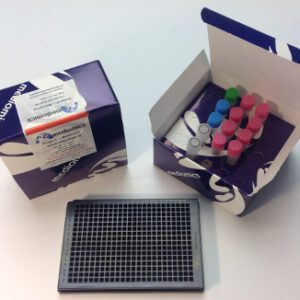L-Tryptophan
Showing all 6 results
-

Bridge-It® L-Tryptophan Fluorescence Assay Kit for Plasma and Serum Samples, 384-well format
$175.00 – $495.00 -

Bridge-It® L-Tryptophan Fluorescence Assay Kit, 384-well format
$175.00 – $495.00 -

Bridge-It® L-Tryptophan Fluorescence Assay Kit, 96-well format
$200.00 – $375.00 -

TR-FRET Bridge-It® L-Tryptophan Fluorescence Assay Kit for Plasma and Serum Samples, 384-well format
$175.00 – $525.00 -

TR-FRET Bridge-It® L-Tryptophan Fluorescence Assay Kit, 384-well format
$175.00 – $525.00 -

TR-FRET Bridge-It® L-Tryptophan Fluorescence Assay Kit, 96-well format
$220.00 – $400.00



